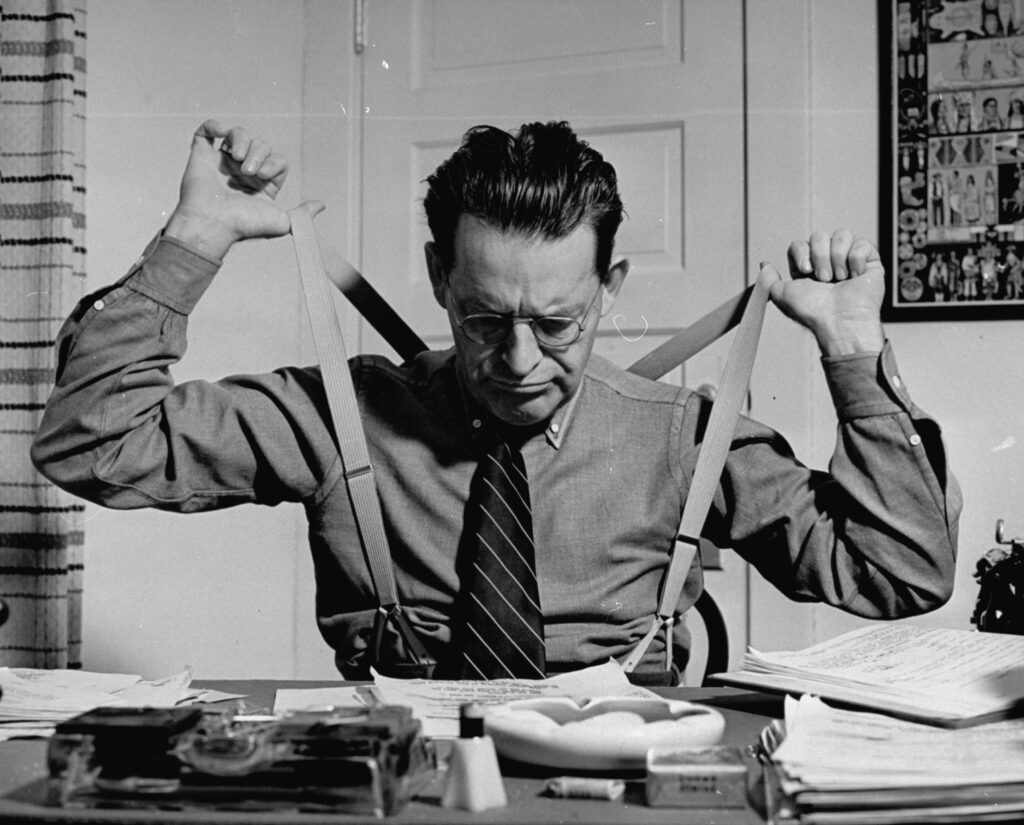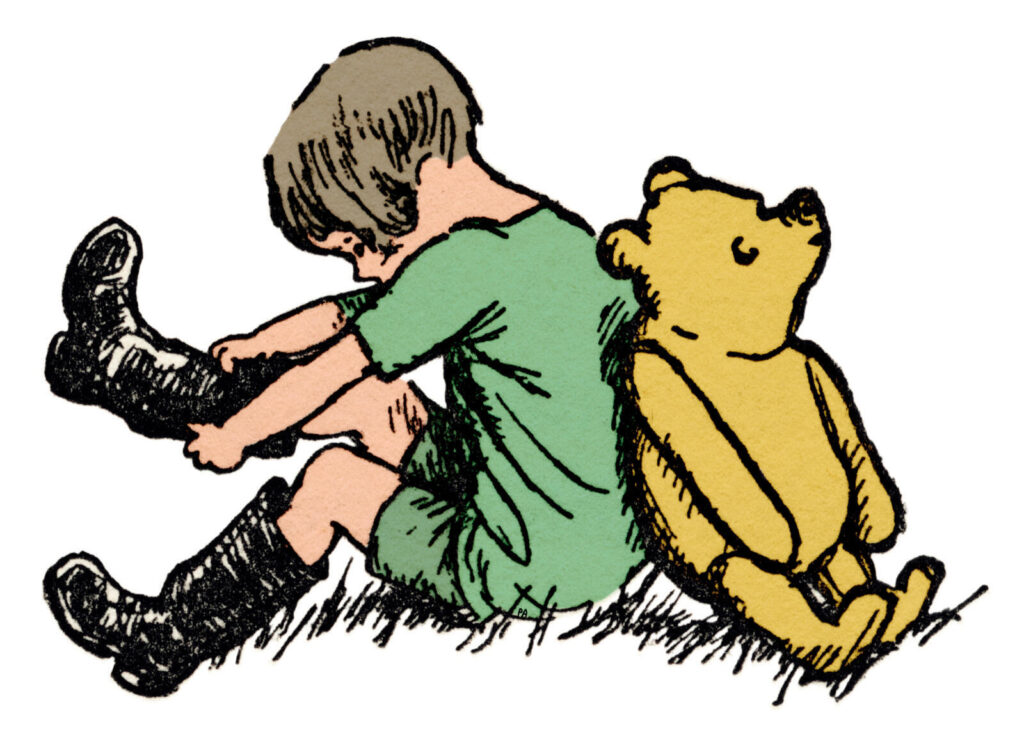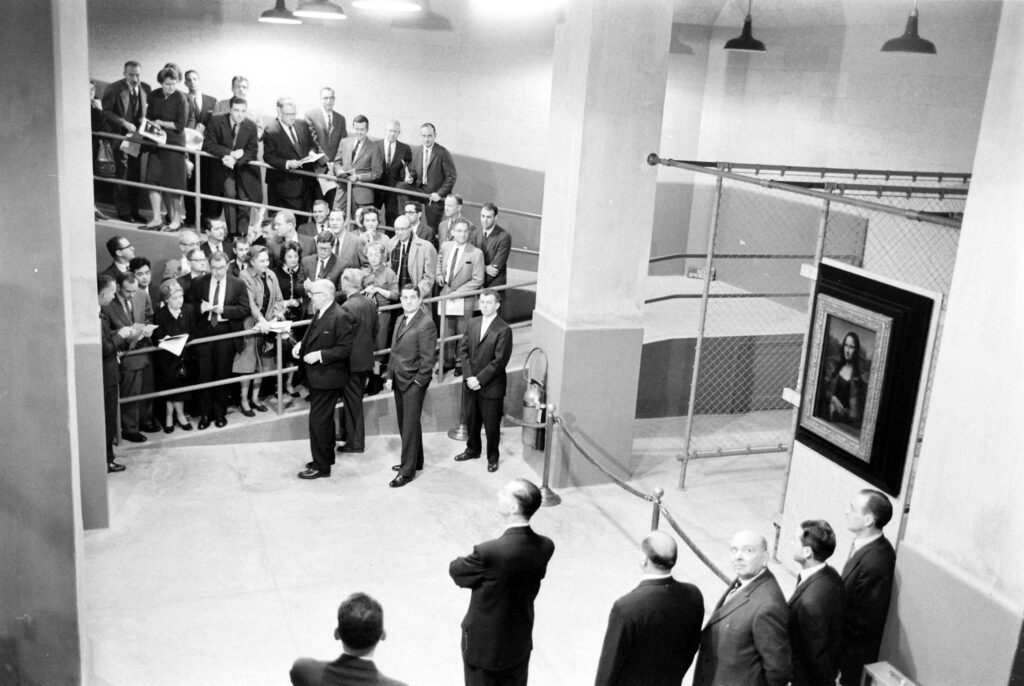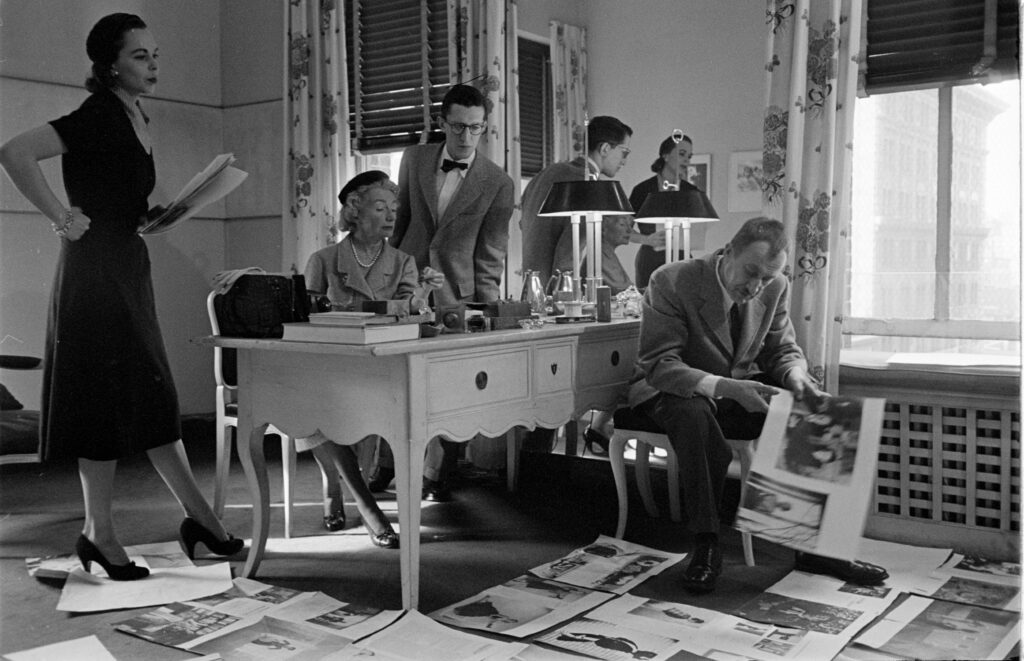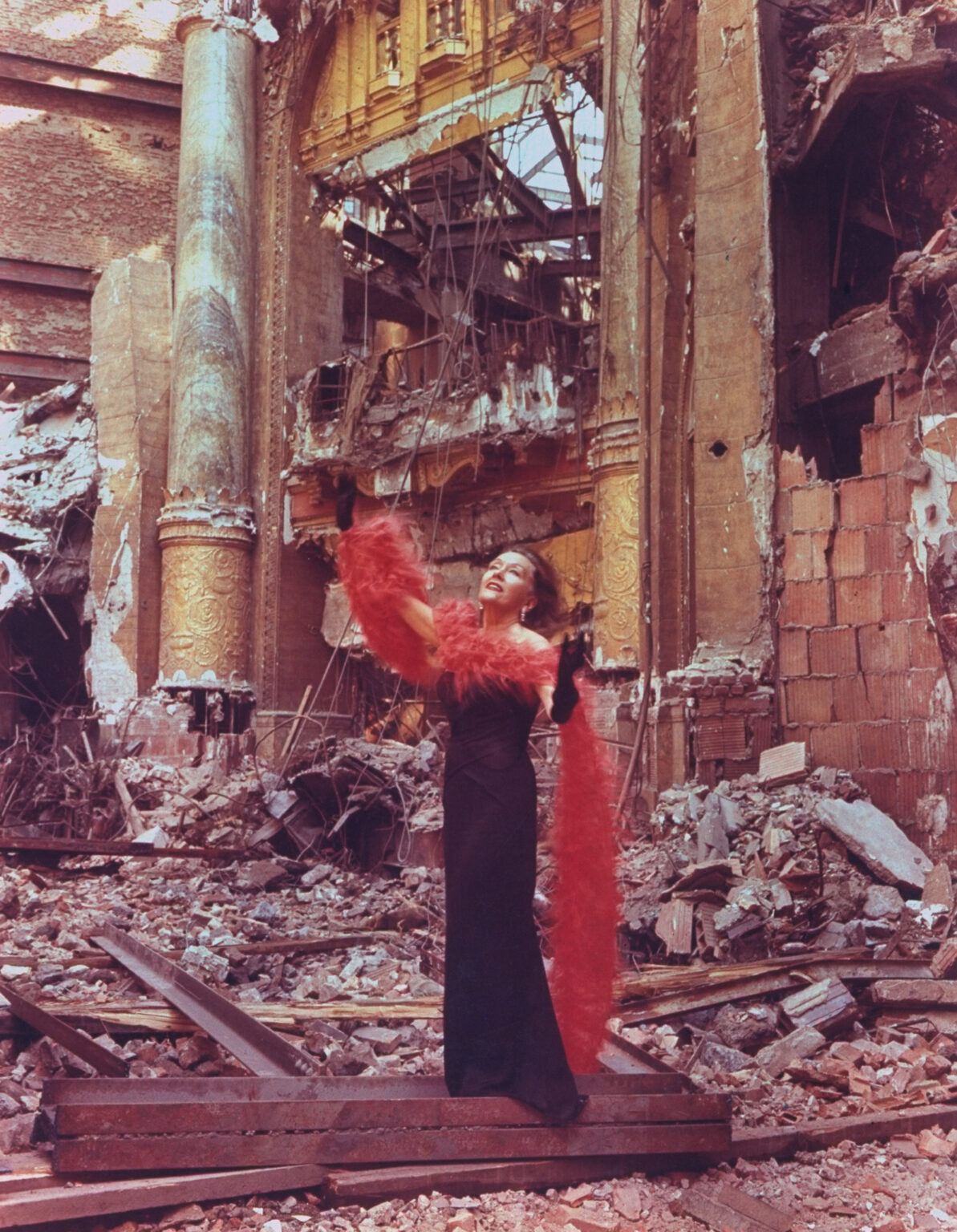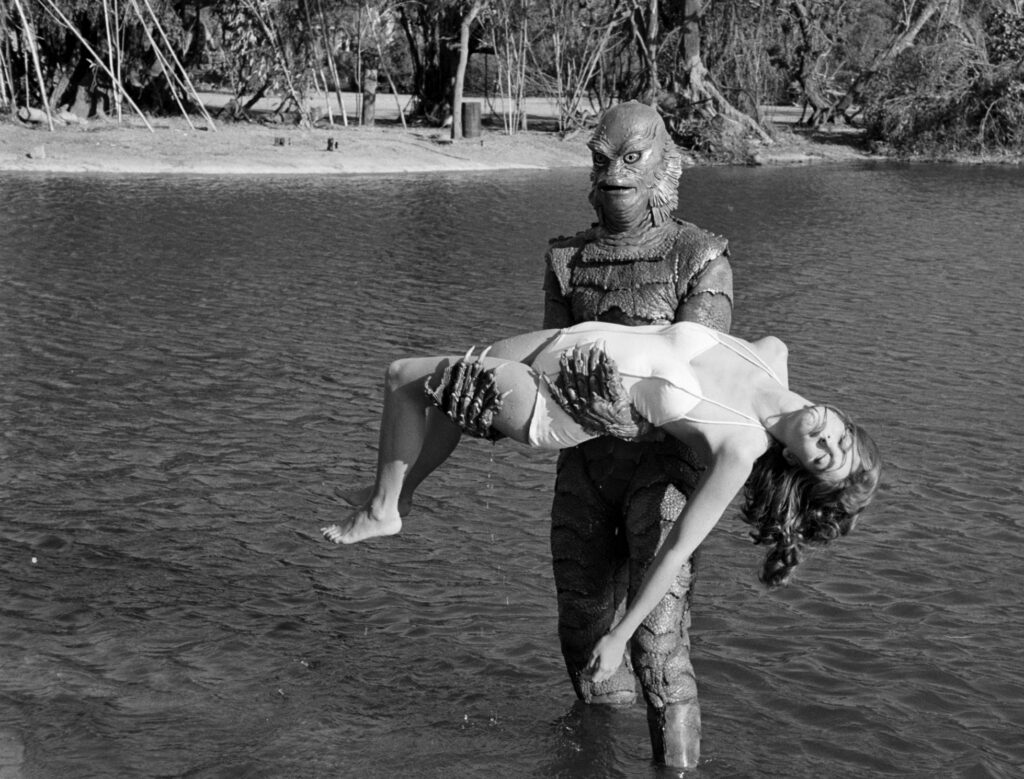In this collection of backstage pictures captured by LIFE photographers over the years, there’s a great variety of stars in all kinds of situations. But the recurring themes are those of intimacy and surprise.
Some moments are beautiful because they are quiet, like the glimpses of Grace Kelly and Audrey Hepburn before they went on stage together at the Oscars. Or the photo of Sammy Davis Jr. eating spaghetti and watching the news on television. Or burlesque star Gypsy Rose Lee sitting at a typewriter while in costume before she performs one of her strip-teases.
Or consider the photo of the cast of The Honeymooners all sitting and waiting, Jackie Gleason with his ankle on ice. It’s funny to see the cast of this all-time great sitcom together without a smile on their faces, or any expression at all, really. Each of these photos their own way feels like a glimpse of reality.
Some photos offer curious juxtapositions, such as Johnny Cash, dressed in his trademark black, coming backstage at production of the musical Annie. Same with Frank Zappa and his family posing with the cast of Broadway show Cats. You can also find unexpected couplings, such as Lucille Ball visiting with Shirley Maclaine in her dressing room, or James Dean helping actress Geraldine Page with her hair.
Also intriguing are the images of stars just before they go onstage. This gallery includes shots of Alec Guinness and Albert Finney before they have leapt into character, and singer Paul Anka stretched out across two beds, They are about to cross the bridge from private person to public performer, and give their audiences the performances they came for.

Audrey Hepburn and Grace Kelly backstage at the RKO Pantages Theatre during the 28th Annual Academy Awards, 1956.
Allan Grant The LIFE Picture Collection/Shutterstock

Award presenters Audrey Hepburn and Grace Kelly waiting backstage at the RKO Pantages Theatre during the 28th Annual Academy Awards, 1956.
Allan Grant The LIFE Picture Collection/Shutterstock

Sammy Davis Jr. ate spaghetti in his backstage dressing room while watching The Huntley-Brinkley Report news show in 1964. “My only contact with reality,” he told LIFE. “Whatever I’m doing, I stop to watch these guys.” Reflected in the mirror: LIFE photographer Leonard McCombe.
Leonard McCombe/Life Pictures/Shutterstock

Paul Anka, backstage at the Copacabana, 1960.
Peter Stackpole The LIFE Picture Collection/Shutterstock

Albert Finney backstage during a production of the play Luther, 1963.
John Dominis The LIFE Picture Collection/Shutterstock

Elvis Presley tenderly kissing the cheek of a female admirer backstage before his concert, 1956.
Robert W. Kelley The LIFE Picture Collection/Shutterstock

Ray Charles backstage talking with Eric Burdon and the Animals, 1966.
Bill Ray/Life Pictures/Shutterstock

Shirley MacLaine preparing to perform the TV show “Shower of Stars” in 1955.
Loomis Dean The LIFE Picture Collection/Shutterstock

Shirley MacLaine and Lucille Ball backstage during a benefit show for victims of the devastating Isewan typhoon, 1959.
Allan Grant The LIFE Picture Collection/Shutterstock

Marcia Diamond (right) watched as her husband Neil clipped their son Jessie’s nails in a dressing room at the Winter Garden Theatre, 1972.
MICHAEL MAUNEY/LIFE Picture Collection/Shutterstock

Burlesque star Gypsy Rose Lee writes in her dressing room in Memphis, Tenn., 1949.
George Skadding/Life Pictures/Shutterstock

Bobby Darin in his dressing room, 1959.
Allan Grant The LIFE Picture Collection/Shutterstock

Dustin Hoffman in his dressing room for the play (which he also directed), Jimmy Shine, New York City, 1969.
John Dominis The LIFE Picture Collection/Shutterstock

Mae West backstage at the Hotel Sahara with one of the co-stars of her Las Vegas show, 1954.
Loomis Dean/LIFE Picture Collection/Shutterstock

James Dean with the great Geraldine Page in her dressing room, New York City, 1955.
Dennis Stock—Magnum

Betty Grable, in her dressing room at 20th Century-Fox studios, pulled on black mesh stockings for a scene that would feature her famous legs, 1943.
Walter Sanders The LIFE Picture Collection/Shutterstock

Josephine Baker’s four-foot chignon is wound up into three tiers of buns in her dressing room, 1951.
Alfred Eisenstaedt The LIFE Picture Collection/Shutterstock

The Honeymooners cast—Jackie Gleason, Art Carney, Audrey Meadows and Joyce Andrews—in 1954.
Leonard McCombe The LIFE Images Collection/Shutterstock

Chorus girls watching the Ed Sullivan television show at the Roxy Movie Theater dressing room, 1958.
Peter Stackpole/Life Picture Collection/Shutterstock

Alec Guinness put on theatrical makeup at the Stratford Shakespeare Festival in Ontario, Canada, 1953.
Peter Stackpole/LIFE Pictures/Shutterstock

Edgar Bergen and Charlie McCarthy relaxing in dressing room, waiting for show to begin, 1942.
John Florea/Life Picture Collection/Shutterstock

Movie director Vincent Sherman (right) with actor Paul Newman in dressing room reviewing lines for the legal drama The Young Philadelphians, 1958.
Leonard McCombe/Life Picture Collection/Shutterstock

Johnny Cash, with stepson John (right), posed with Annie star Alison Smith and Sandy at a Broadway production of musical, 1981.
DMI/Shutterstock

(Center, left-to-right) Musician Frank Zappa and children Moon Unit and Dweezil visited backstage at the Broadway musical Cats in 1983; the cast included actress Betty Buckley (center, bottom).
David Mcgough/Life Picture Collection/Shutterstock







































































